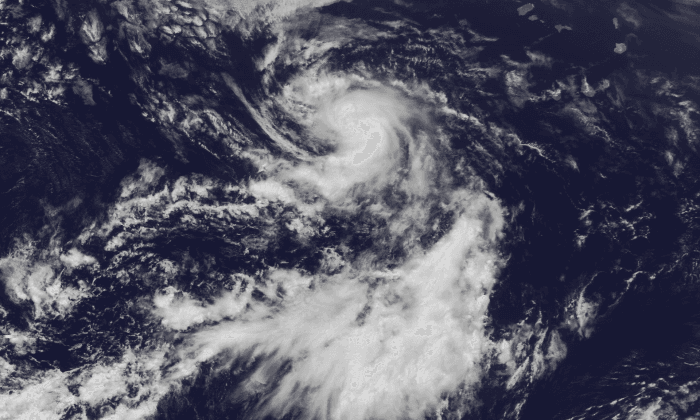The National Oceanic and Atmospheric Administration (NOAA) updated its hurricane season forecast for the United States on Thursday. Compared to NOAA’s May preliminary report, the threat of “extreme levels of activity,” has been eased, but the season is still likely to be “above normal” with a possibility of being “very active.”
Peak hurricane season spans mid-August to October. Before the peak period has even arrived, the season has already produced four named storms: Andrea, Barry, Chantal, and Dorian.
“Also, two of the four named storms to-date formed in the deep tropical Atlantic, which historically is an indicator of an active season,” said Gerry Bell, Ph.D., lead seasonal hurricane forecaster at NOAA’s Climate Prediction Center, in a news release.
The entire hurricane season spans the beginning of June through to the end of November and brings a 70 percent chance 13 to 19 named storms (top winds of 39 mph or higher), including six to nine hurricanes (top winds of 74 mph or higher), of which three to five could be major hurricanes (Category 3, 4 or 5; winds of at least 111 mph).
The 30-year seasonal average is 12 named storms, six hurricanes, and three major hurricanes.





